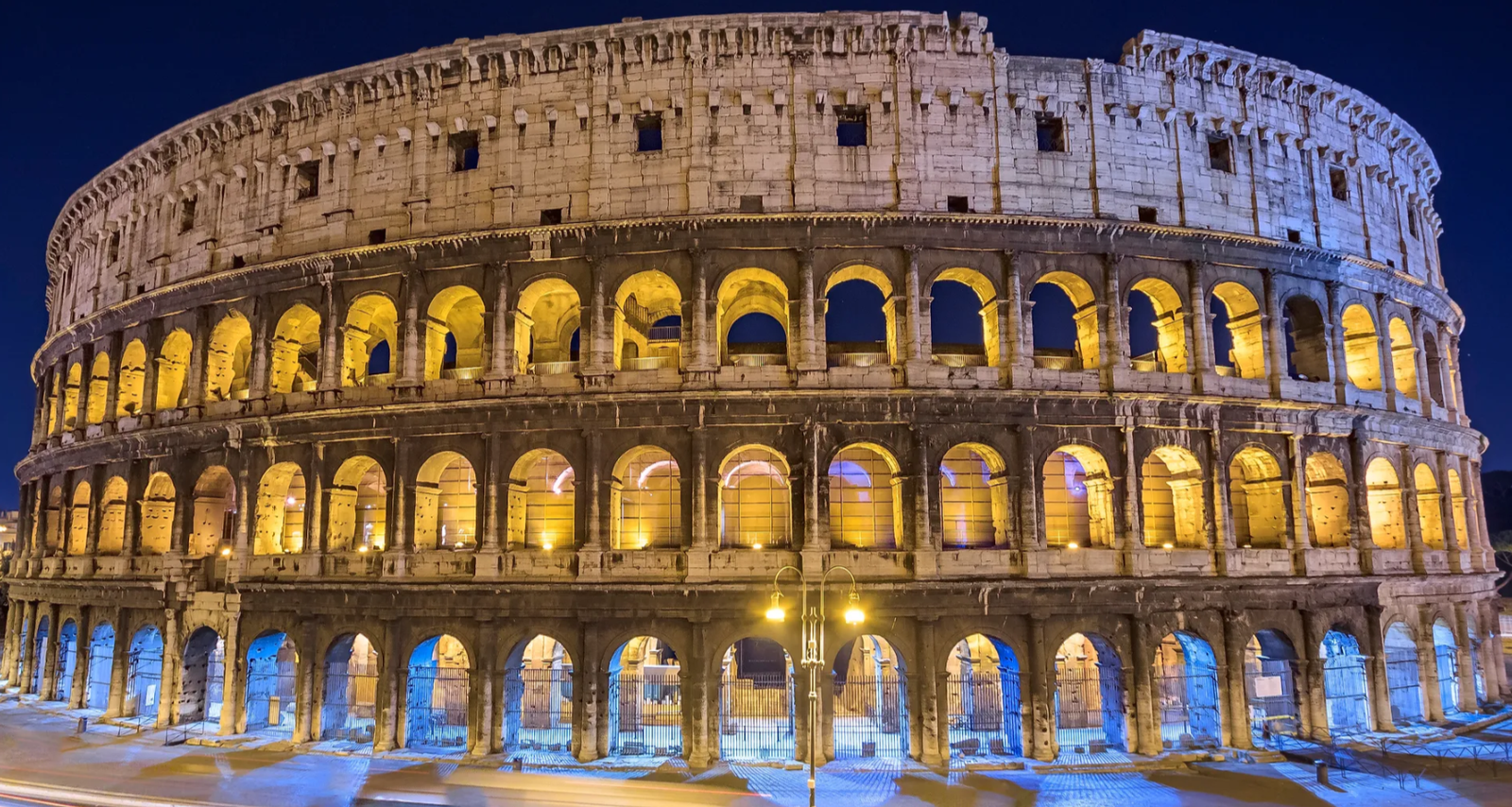Rome, Italy: Exploring the Colosseum, Vatican City, and Roman Ruins
Rome, often referred to as the Eternal City, is a treasure trove of history, culture, and art. As the heart of the ancient Roman Empire, it’s a city that seamlessly blends the ancient with the modern. Among its countless attractions, three stand out for their cultural and historical significance: the Colosseum, Vatican City, and the Roman ruins. This guide takes you on an unforgettable journey through these iconic landmarks, unraveling their mysteries and marvels.
The Colosseum: An Icon of Ancient Rome
The Colosseum, also known as the Flavian Amphitheater, is one of the most recognizable landmarks in the world. Completed in 80 AD under Emperor Titus, this monumental structure could hold up to 50,000 spectators and was the epicenter of Roman entertainment.
Architecture and Engineering
The Colosseum’s design is a testament to the ingenuity of Roman engineering. Its elliptical shape ensures that spectators had unobstructed views from every angle. The amphitheater’s structure is made from travertine, tuff, and concrete, showcasing the Romans’ advanced building techniques.
Beneath the arena floor lies the hypogeum, a complex network of underground tunnels and chambers where gladiators and wild animals were held before contests. Modern visitors can explore these areas, gaining insight into the logistical prowess of ancient Rome.
Gladiatorial Contests and Public Spectacles
The Colosseum was the stage for brutal gladiatorial battles, animal hunts, and even mock naval battles. These events were more than mere entertainment; they were a means of demonstrating the power and wealth of the Roman Empire.
Today, the Colosseum stands as a UNESCO World Heritage Site and one of the New Seven Wonders of the World. A visit here is not just a step back in time but also an exploration of Rome’s cultural identity.
Vatican City: The Spiritual Heart of Christianity
Nestled within Rome, Vatican City is the world’s smallest independent state and the spiritual center of the Catholic Church. Despite its size, it holds some of the most significant religious and artistic treasures in the world.
St. Peter’s Basilica
St. Peter’s Basilica is a masterpiece of Renaissance architecture and a pilgrimage site for millions. Designed by luminaries such as Michelangelo, Bernini, and Bramante, the basilica’s dome dominates Rome’s skyline.
Inside, visitors can marvel at Michelangelo’s Pietà, a stunning sculpture of the Virgin Mary cradling the body of Jesus. Climbing to the top of the dome rewards visitors with breathtaking panoramic views of Rome.
The Sistine Chapel
The Sistine Chapel, located within the Vatican Museums, is renowned for its ceiling painted by Michelangelo. This awe-inspiring masterpiece depicts scenes from the Book of Genesis, including the iconic “Creation of Adam.”
The chapel is also the site of the papal conclave, where cardinals gather to elect a new pope. Its spiritual and artistic significance makes it a must-visit for anyone exploring Vatican City.
The Vatican Museums
The Vatican Museums house an extraordinary collection of art and historical artifacts. Highlights include the Raphael Rooms, the Gallery of Maps, and ancient Roman sculptures. With over 20,000 works on display, the museums offer an unparalleled journey through art history.
Roman Ruins: Echoes of the Past
Rome’s ruins provide a tangible connection to its glorious past. Scattered across the city, these remnants of the Roman Empire tell stories of triumph, innovation, and resilience.
The Roman Forum
The Roman Forum was the political, commercial, and religious hub of ancient Rome. Walking through its ruins, you can imagine the bustling markets, grand temples, and lively debates that once took place here.
Key landmarks include the Temple of Saturn, the Arch of Septimius Severus, and the Curia Julia, where the Roman Senate met. Each structure reveals a piece of Rome’s rich history.
Palatine Hill
Overlooking the Roman Forum, Palatine Hill is steeped in mythology and history. According to legend, this is where Romulus founded the city of Rome in 753 BC. The hill later became an exclusive residential area for emperors and aristocrats.
Visitors can explore the ruins of the Domus Augustana and the House of Livia, marveling at their intricate mosaics and frescoes. The views from the hilltop offer a unique perspective of the Forum and the Colosseum.
The Pantheon
Though not a ruin in the traditional sense, the Pantheon is one of the best-preserved monuments of ancient Rome. Built as a temple for all Roman gods, it is now a Catholic church.
The Pantheon’s dome, with its central oculus, remains a marvel of engineering. As sunlight streams through the oculus, it creates a celestial atmosphere that captivates visitors.
